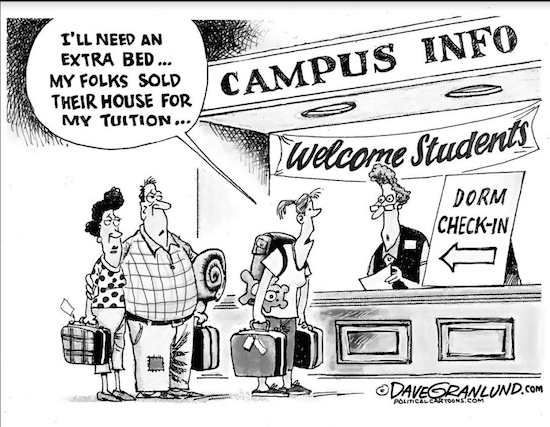OPINION: The push to help 50,000 more low-income students get degrees

On paper, Jorge Salcedo looked like a great candidate for a highly selective college. But, like many of his high school friends in Fishers, Indiana, he assumed he’d be attending the local community college. That’s what his Mexican-immigrant parents could afford.
In his junior year of high school, his counselor suggested he apply for a college-prep program. That, plus the dedicated help of a free coach from CollegePoint, a service for talented low-income students, led him to the University of Chicago, all-expenses paid — including rental textbooks, food and stipends for summer internships.
He’s keenly aware that his trajectory in life could now be very different. “A lot of people don’t even know it’s a possibility,” he says of peers who have little wealth or are the first in their family to consider attending college.

Brooklyn Boro
View MoreNew York City’s most populous borough, Brooklyn, is home to nearly 2.6 million residents. If Brooklyn were an independent city it would be the fourth largest city in the United States. While Brooklyn has become the epitome of ‘cool and hip’ in recent years, for those that were born here, raised families here and improved communities over the years, Brooklyn has never been ‘uncool’.